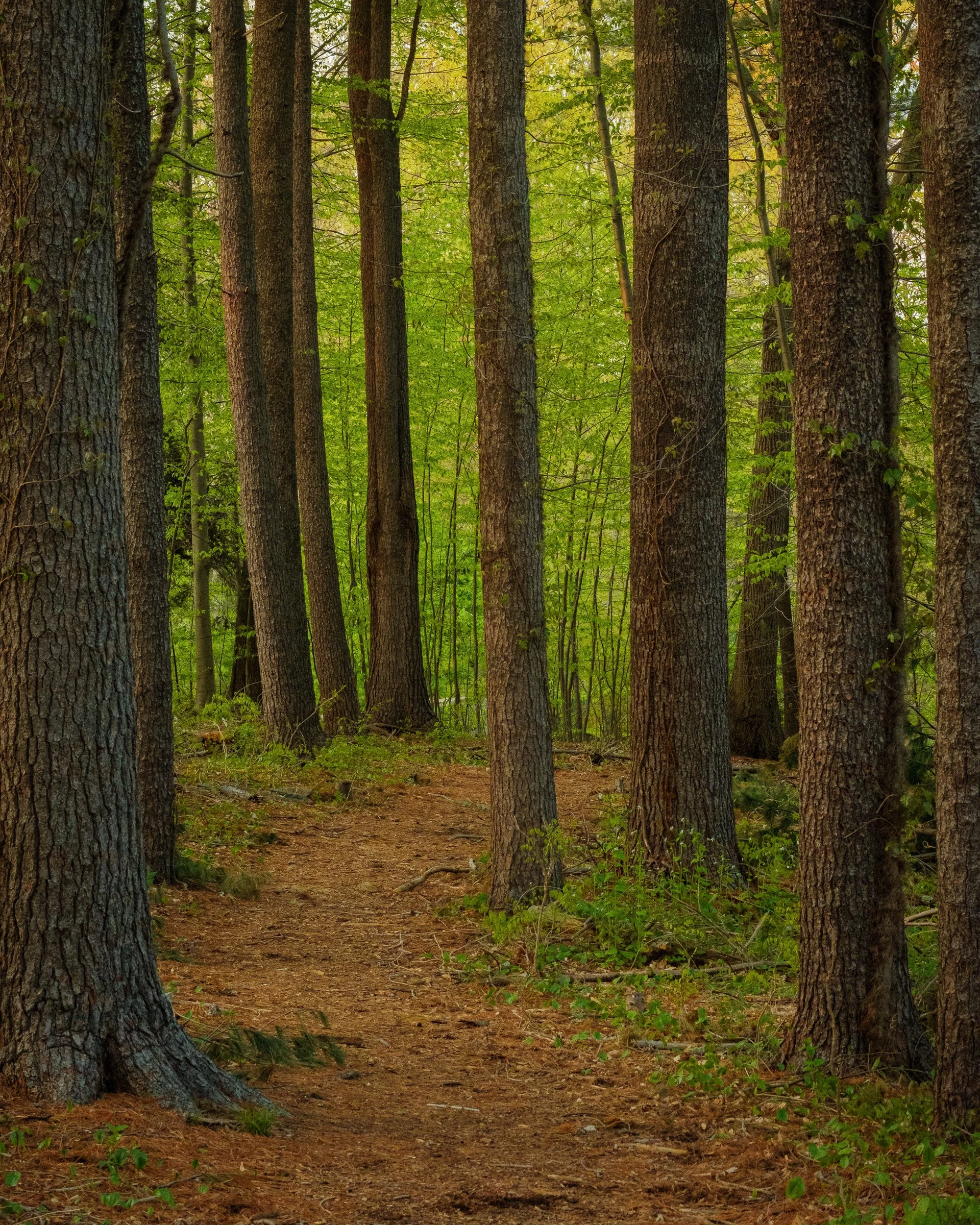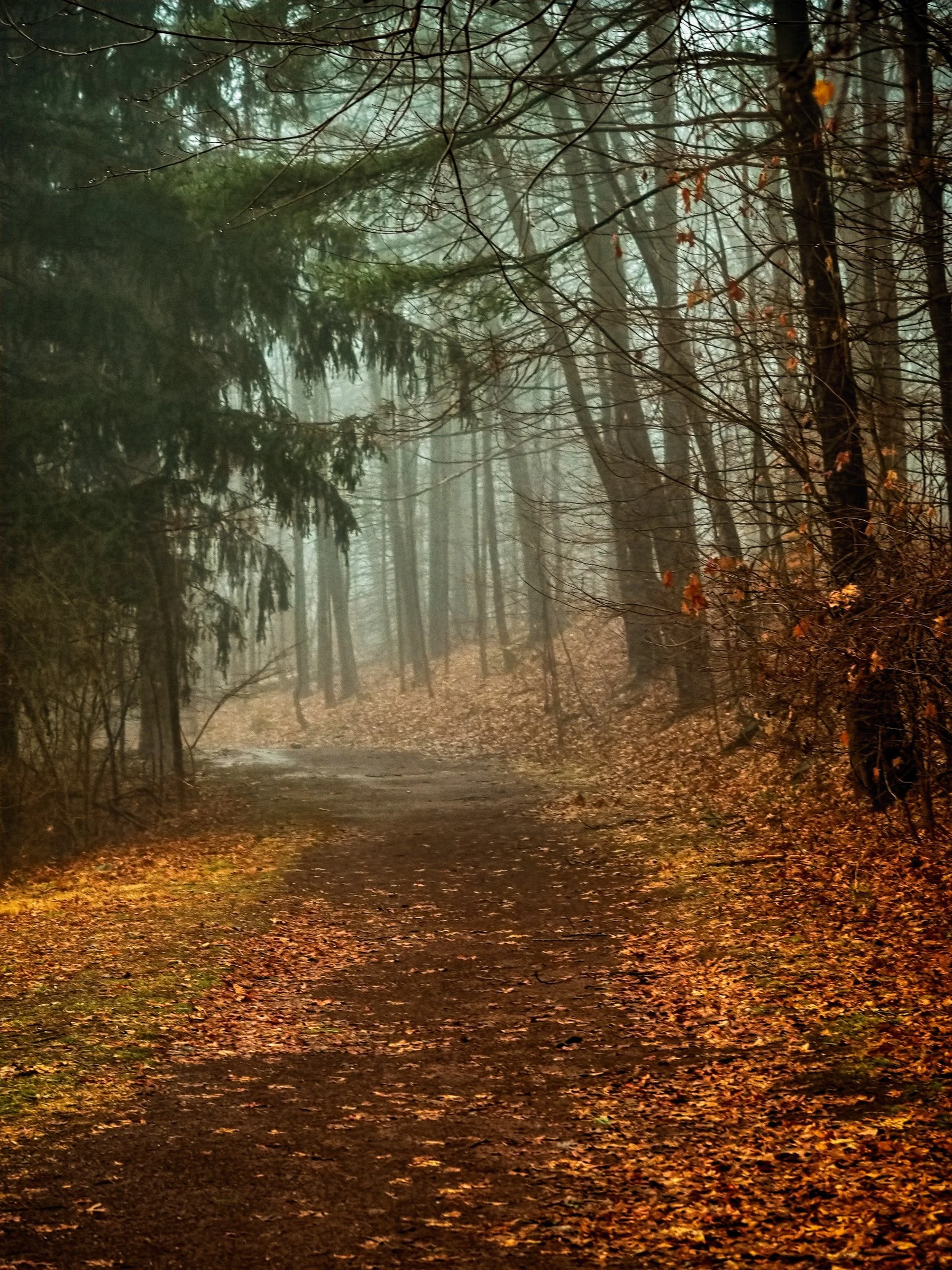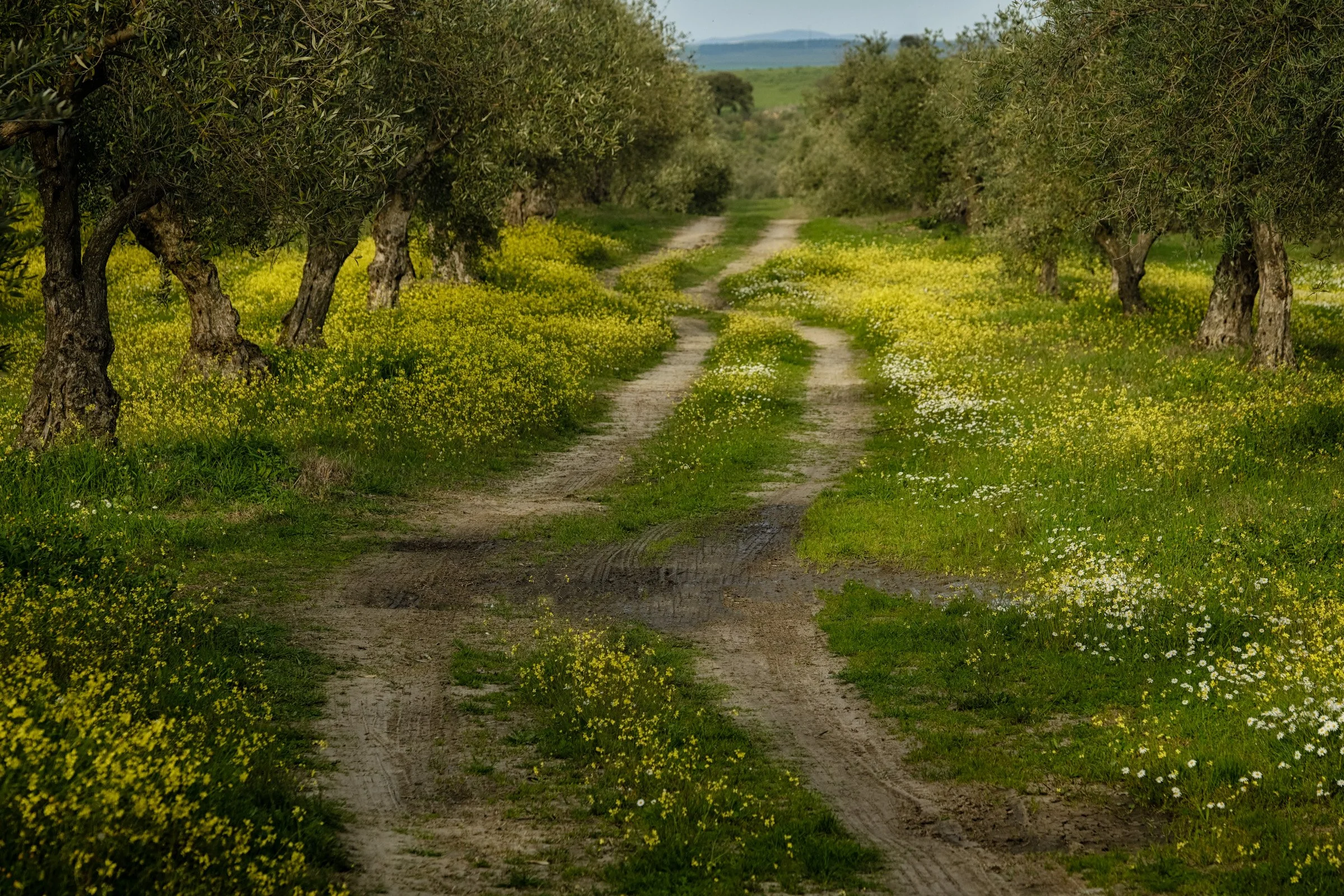Follow Your Own Path
“I took a walk in the woods and came out taller than the trees.”
- Henry David Thoreau
Rocky Path
Donald McGuire
As photographers, we each have a vision or composition that we can't help but notice. Even without a camera, when walking on a wooded path, I see the pictures in my head. The vanishing point adds depth, and a canopy of leaves may soften the light.
Hanging On
Donald McGuire
Of course, this is the literal path. The mood is different based on the time of day. Or perhaps the season of the year. Almost always the nature of the light. Since I am drawn to trees, walking among them is always a treat for the senses. As usual, I am inspired by painting, perhaps more than photography. They make me want to pick up the camera.
The four paintings below represent a Who’s Who of the Impressionist period. Clearly, the aesthetic and symbolism of the wooded path were also inspirational to them. As they have inspired me 150 years later, they also significantly influenced each other.
Paul Cezzane , The Allée of Chestnut Trees at the Jas de Bouffan, 1888
Public Domain, via Wikimedia Commons
Paul Gauguin, Wooded Path, 1884
Public Domain, via Wikimedia Commons
Claude Monet, Wooded Path, 1865
Public Domain, via Wikimedia Commons
Camille Pissaro, Edge of the Woods Near L'Hermitage 1879
Public Domain, via Wikimedia Common
Strength
Donald McGuire
In addition to the literal way of our photos, we also navigate the figurative path of our photography. Why do we tend to fall back on many of the same subjects? Why do we revisit compositions that we have retaken time and time? Indeed, there is comfort in the familiar. So why do we remain on the path we are on?
Shrouded
Donald McGuire
Yet, while it is essential to experiment and branch out, listening to our own voice is equally important. Having been born and raised in New York City, the woods have always had a sense of magic and peace for me. Silence instead of sirens.
Reflective
Donald McGuire
Our own voice, while inspired, can be drowned out by a negative one that quickly casts our work aside as unoriginal. This is where the figurative path can become a little thorny. For me, though, photography is not about labels. We need to first be an audience of one.
Unending
Donald McGuire
The wooded pathway is a fascinating subject. A walk in the woods can be full of symbolism painted in beautiful light. These scenes are often sought out for a reason. They work. Lately, I have tried to branch out to other genres and subjects - street, abstract, and a touch of portraiture. But my path becomes most evident among the woods and trees.
Willows, Symbolic of Hope
Donald McGuire
When photographing, we gather raw material based on our mood and presence in the moment. I typically don't give much thought to a more profound meaning at that instant. It is simply visually appealing to me, but that attraction is generally based on something that comes from within. I often stress that there are memories, and unconscious thoughts based on the art we see, books we read, and music we hear that drive us without realizing it.
Danger
Donald McGuire
I find that spending some quiet time reviewing the work I wrote off as cliche can provide a specific interpretation of what seems like a well-worn theme. For the photos included here, I have captioned them accordingly. A single word to convey a unique interpretation. The images may appear to be all the same subject, but each is unique. This helps in two ways. First, it releases us from chains of cliche and can lead to more actively 'seeing' when back in such settings again.
Winding Road
Donald McGuire
The important thing is that your photography is in a moment that connects with you and not a shot you take just to bring something home. Follow your instincts. Is it an honest response to something that you are consistently drawn to? No permission is required. Poets, painters, and songwriters have been down this same path.
Uncertain
Donald McGuire
Why do I respond to this vision over and over again? Perhaps because it is symbolic of our own life's journey. We don't know what is around the bend. Large boulders can obstruct our path. Other times the way is clear and smooth. Sometimes the light is warm and inviting, and others dark and forbidding.
Patch of Light
Donald McGuire
Perhaps two of Robert Frost's best-known poems, "The Road not Taken" and "Stopping by the Woods on a Snowy Evening," bring to mind such a scene. Vincent Van Gogh's eyes and brush were drawn to wooded pathways. Monet was as well. The Beatles last released single was "The Long and Winding Road." All in all, some pretty good company for our creative impulses.
Tips and Tricks
When photographing trees and pathways, give careful attention to vertical or horizontal framing. In many cases, trees, as a standing subject, dictate a vertical composition. But not always.
The quality of the light in wooded areas is key to the mood and ultimate message of the photo. Warm light is more peaceful than cold light. Less light is more ominous than more.
When hiking or walking in the woods, our focus is obviously on the trail before us. However, sometimes the best photos are behind us. Whenever I stop to take a picture, I turn around to see if the view behind me offers a photo opportunity. It often does and occasionally is better than the one in front of me.
















